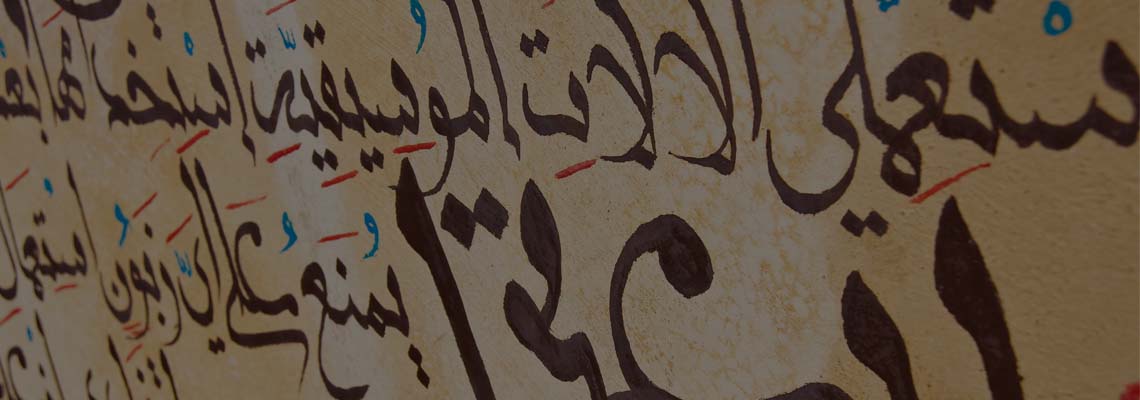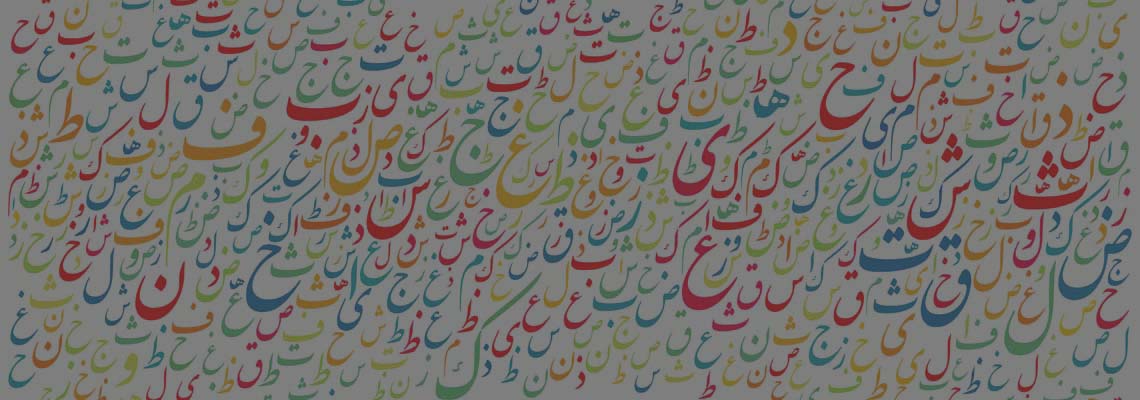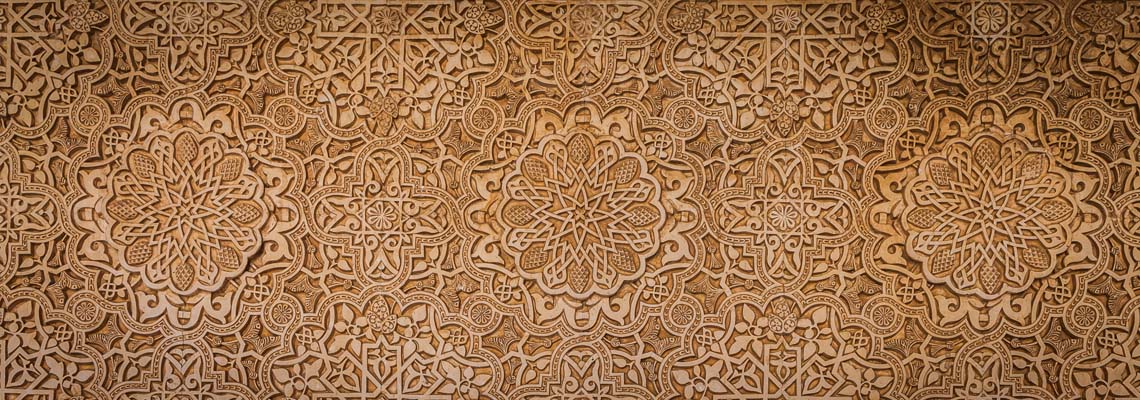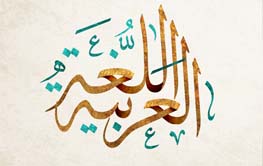Modern Standard Arabic (MSA - اللغة العربية المعيارية الحديثة أو القياسية الحديثة) is the variety of Arabic language used in writing and all sorts of formal speech and communications today. It differs from Classical Arabic (Fus’ha Arabic, sometimes called Quranic Arabic, although the term is not entirely accurate). It also differs from dialect Arabic, a group of local variants of Arabic spoken in the different Arabic speaking regions, with no formal structure, written form, or grammar rules.
Modern Standard Arabic is the form of Arabic used in modern day media, including TV channels, print and online newspapers and magazines, as well as official correspondence. However, MSA still lacks thorough research and clear standards to distinguish it from Classical Arabic (CA).
Differences between these two forms of Arabic span the main aspects of linguistics, i.e. syntax, terminology, and pronunciation. The two forms also differ in the use of punctuation, and in writing style. This white paper attempts to outline the basic differences, and lay a foundation for building standards that define MSA and allow for a more comprehensive definition of this language.
The white paper used statistical search to assess the use of certain syntactic structures or phrases in Arabic digital content, as an indicator of the use of such structures in MSA. Certain portals that are known to use CA were excluded from the search, such as religious studies portals. Moreover, a variety of examples were used for each structure, to accurately determine their incidence in digital Arabic content. Conclusions that resulted from this search were presented to the advisory board, and only those that enjoyed consensus were included in the white paper.
We are careful to present this white paper as mere basis for further study and discussion, and we are looking forward to having feedback from Arabic language specialists around the world. Please contact us for feedback and discussions.

 English (UK)
English (UK)  العربية
العربية 





